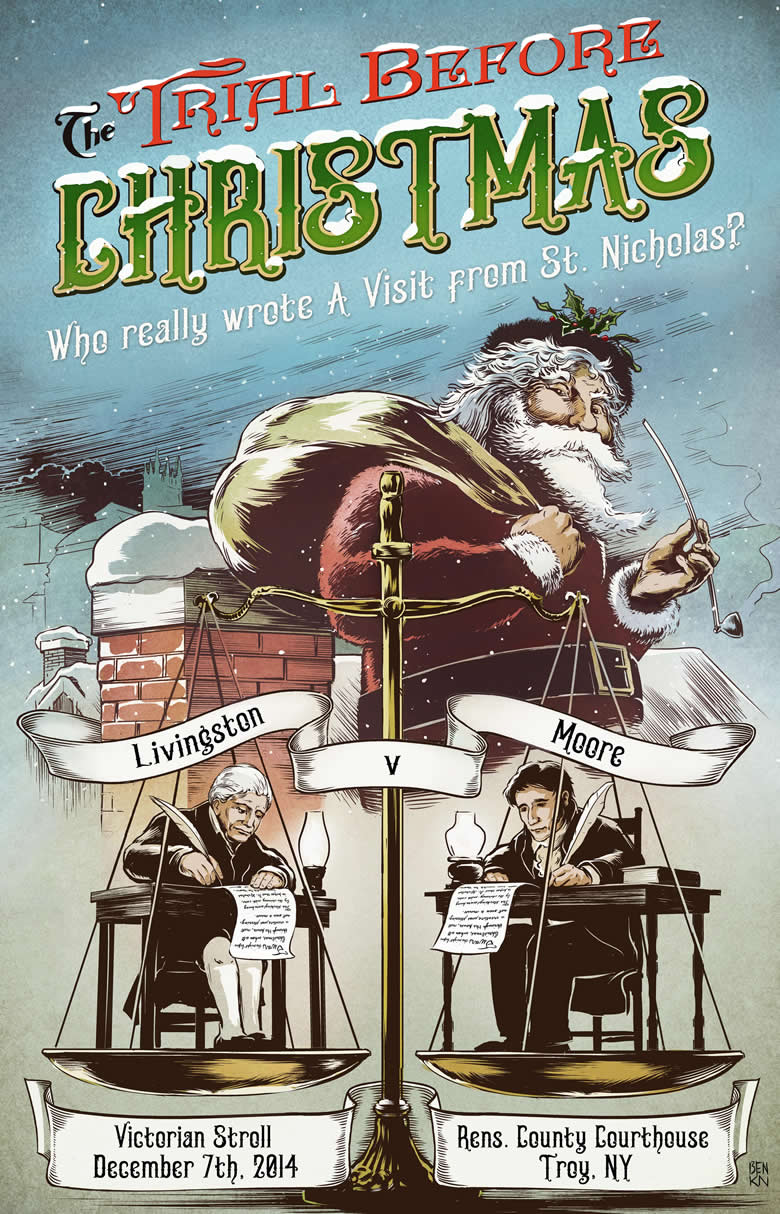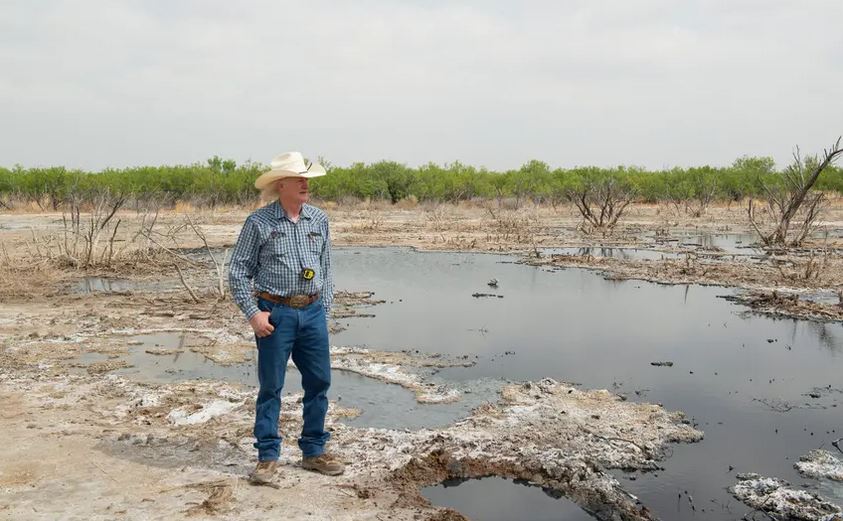Occasionally I run across interesting stories that have nothing to do with oil and gas, and I am somewhat of a Texas history buff. I came across this story in the most recent issue of the Journal of the Texas Supreme Court Historical Society. My summary below is from the articles by John Browning, its Editor in Chief, and John Moretta, author of “William Pitt Ballinger: Texas Lawyer, Southern Statesman, 1825-1888” (Tex. State Hist. Ass’n 2000), and from Jason A. Gillmer, “Lawyers and Slaves: A Remarkable Case of Representation for the Antebellum South, published in the University of Miami Race & Social Justice Law Review.
David Webster was a prominent citizen of Galveston in the years after Texas joined the union, accumulating substantial real estate holdings across the new state, including some 5,000 acres across East Texas. He never married, and he was a slave owner. Betsy, one of the slaves he first purchased when he lived as a young man in Mobile, Alabama, became his lifelong companion.
By 1840 David had moved to Florida and was listed in the census as owning 84 slaves. But he then lost most of his investments, including all of his slaves except Betsy, and in 1846 he moved with her to Galveston. David’s relationship with Betsy was described as “of the most intimate character.” David was an extraordinary character; he played the guitar and lute, was a ship’s carpenter in his early life, and was a leading Galveston businessman, a city then one of the most populous in the state and a growing seaport.





